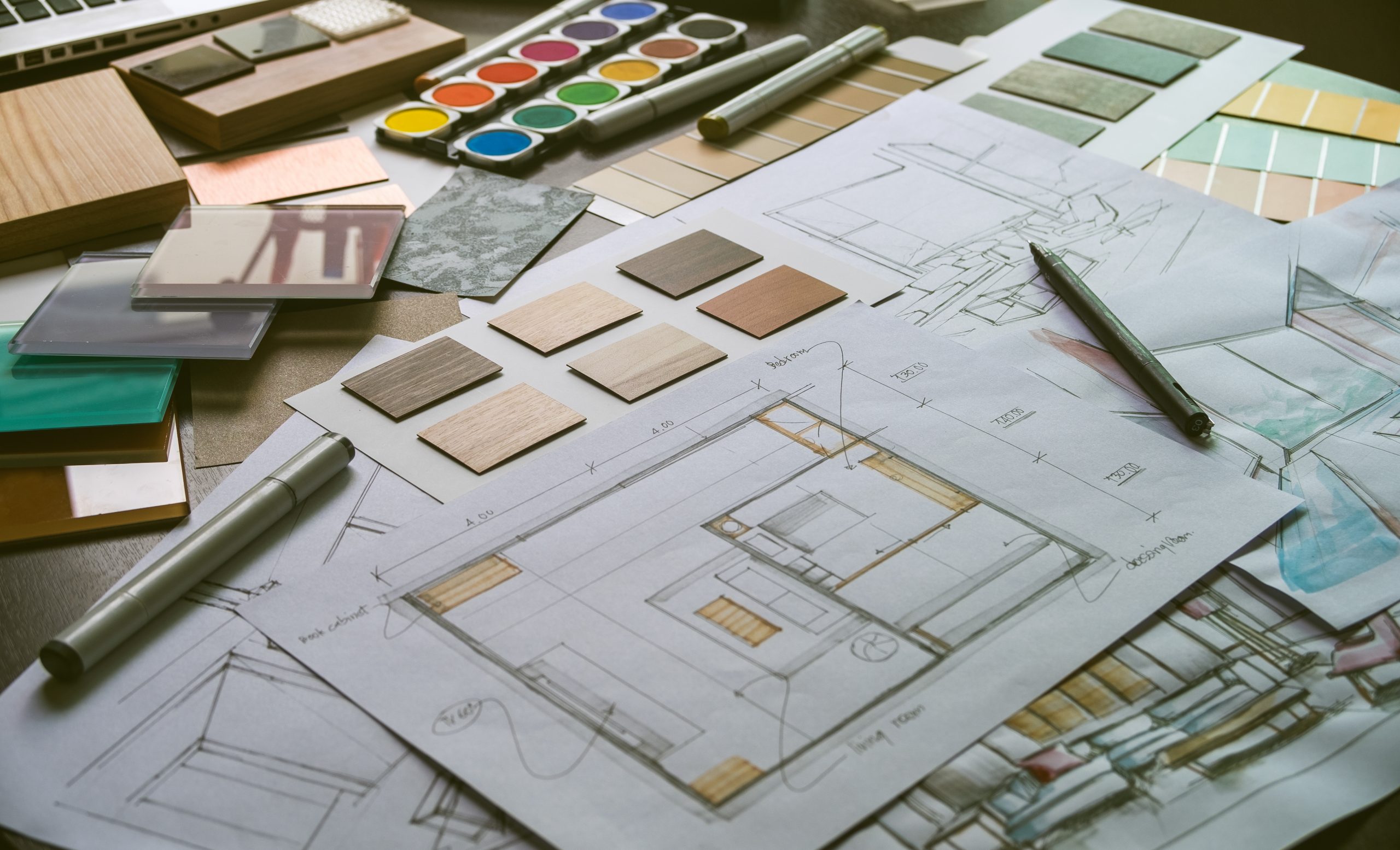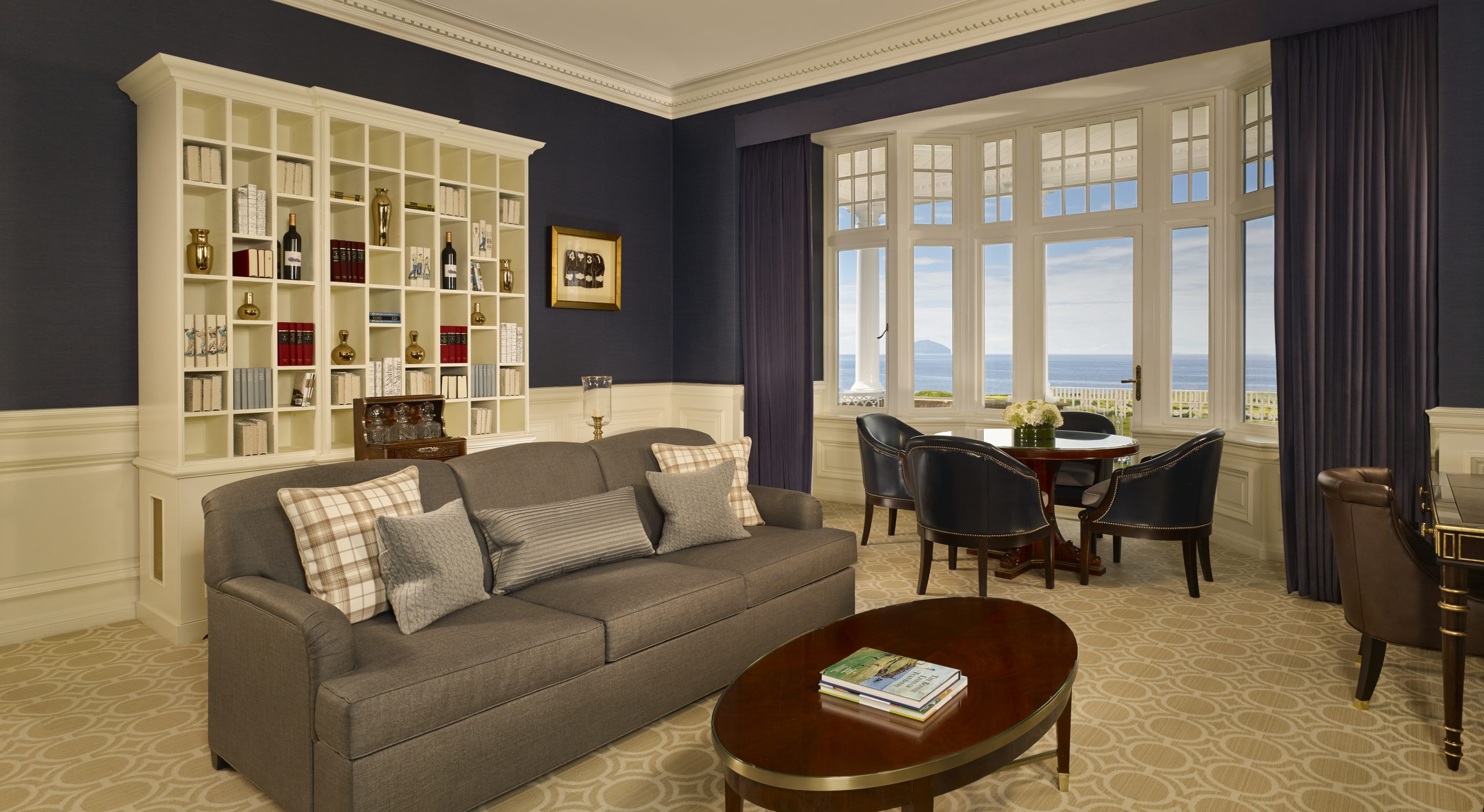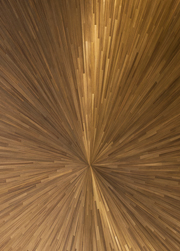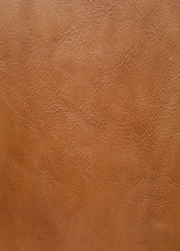
Design
Our designs are extraordinarily detailed and we love discussing them with our clients, together with the selection of materials and finishes. We then provide photo-realistic 3D images to bring the designs to life, enabling you to make an informed decision over approvals.
This is the point when our clients often start to get really excited, and it’s always a thrill sharing these first visuals.











